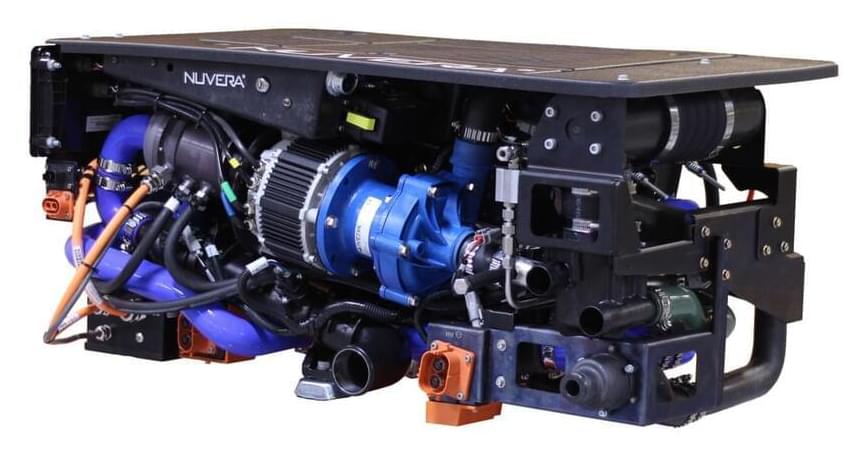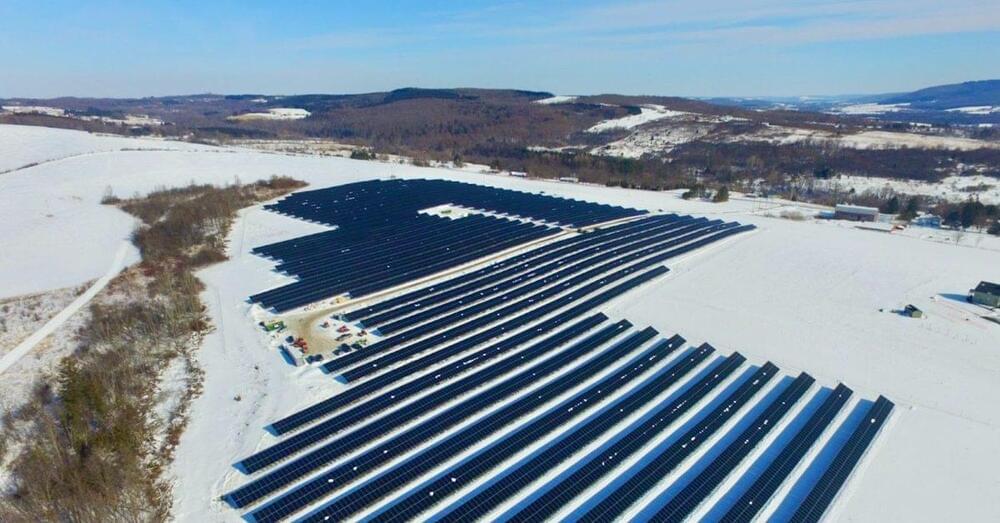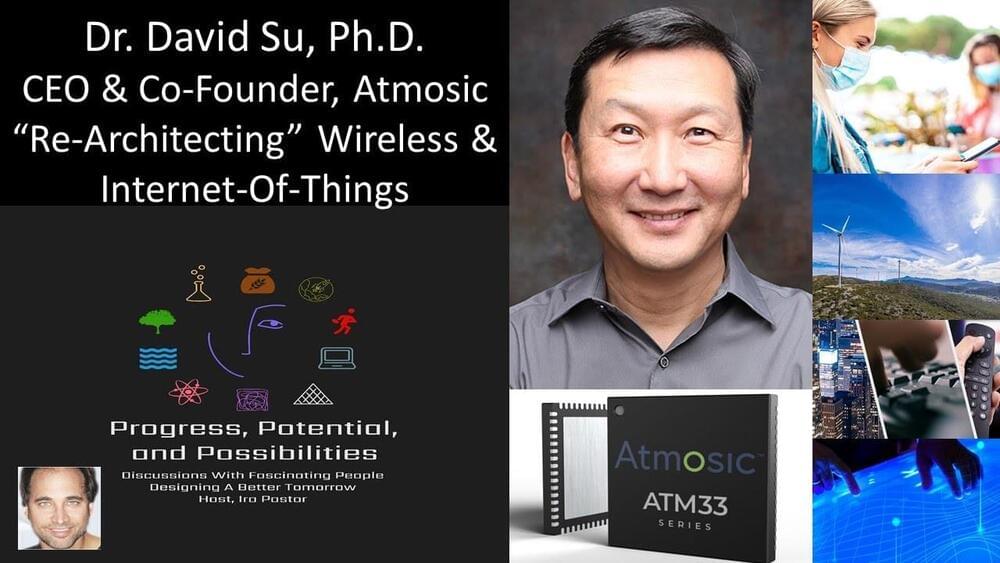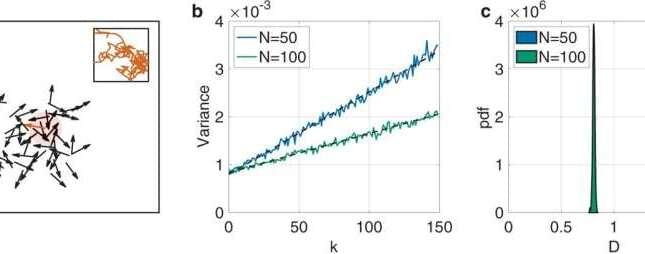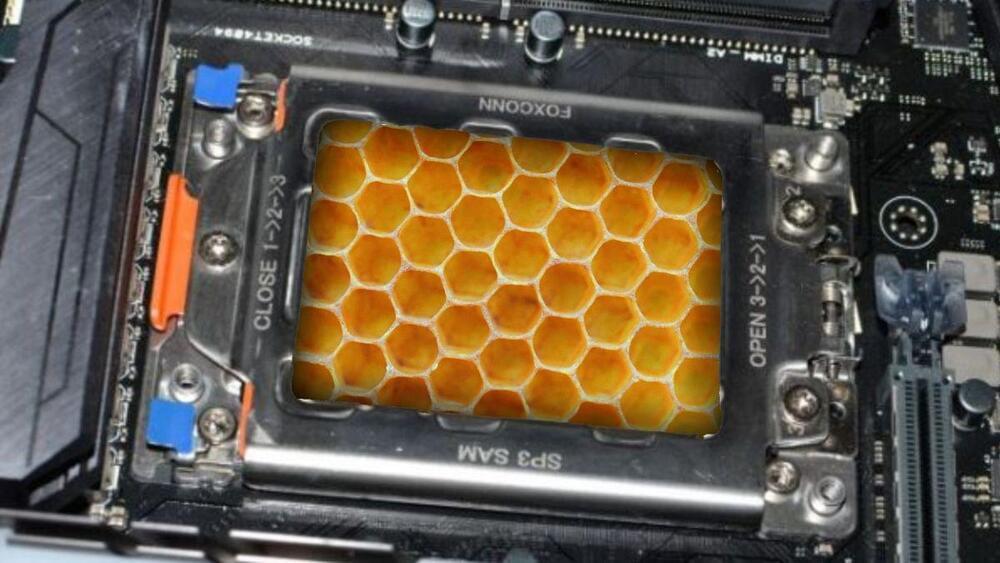Apr 19, 2022
Capturing Solar Energy and Converting It to Electricity When Needed — Up to 18 Years Later
Posted by Shubham Ghosh Roy in categories: chemistry, engineering, solar power, sustainability
The researchers behind an energy system that makes it possible to capture solar energy, store it for up to eighteen years, and release it when and where it is needed have now taken the system a step further. After previously demonstrating how the energy can be extracted as heat, they have now succeeded in getting the system to produce electricity, by connecting it to a thermoelectric generator. Eventually, the research – developed at Chalmers University of Technology 0, Sweden – could lead to self-charging electronic gadgets that use stored solar energy on demand.
“This is a radically new way of generating electricity from solar energy. It means that we can use solar energy to produce electricity regardless of weather, time of day, season, or geographical location. It is a closed system that can operate without causing carbon dioxide emissions,” says research leader Kasper Moth-Poulsen, Professor at the Department of Chemistry and Chemical Engineering at Chalmers.

